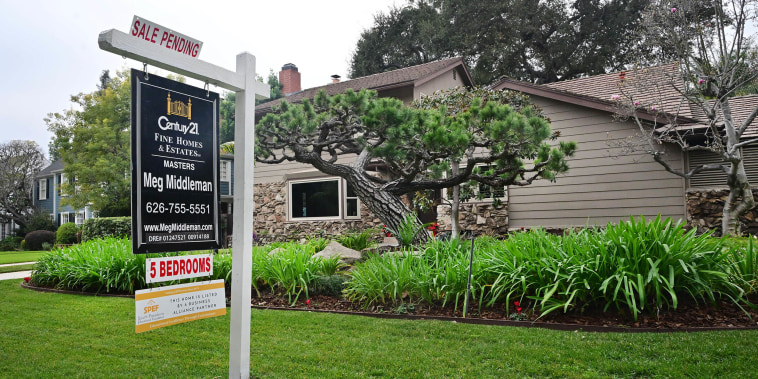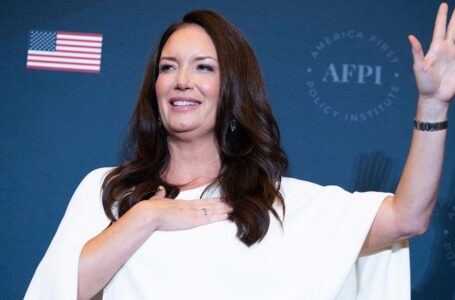Missing Israeli citizen found dead in UAE in ‘antisemitic terrorist act,’ Israel says
Mortgage rates are expected to fall below 6% this year, according to Fannie Mae


After reaching a post-pandemic high of 7.8% last fall, the average 30-year mortgage rate is now expected to end the year below 6%, according to analysts at Fannie Mae.
Yet even as the housing market rebalances, home sales rates are expected to remain below their long-term trajectory.
The 30-year mortgage rate is currently at about 6.6%. Mortgage rates tend to run counter to demand for U.S. government bonds. That means when demand for bonds is up, mortgage rates fall.
And thanks to a slowing economy, demand for bonds has been increasing. Specifically, the 10-year Treasury yield has fallen nearly 1% from its peak in October.
‘The outlook for both short-term (bond) rates and mortgage rates is now decidedly lower than what we had previously forecast,’ the Fannie Mae analysts said.
Yet even as growth is expected to remain below trend this year, the analysts say they are removing an ‘explicit call’ for a recession in 2024. This forecast is the result of ‘looser’ financial conditions — meaning lending is less restrictive — and income growth has surpassed the rate of inflation.
Already, refinancings are surging as a result of lower rates — and they are expected to help “thaw” the existing home sales market currently affected by the so-called lock-in effect, whereby individuals looking to sell cannot do so because buying a new home would be too expensive.
The analysts warn, however, that the housing market is still a long way off from stabilizing. ‘A full recovery to the pre-pandemic sales rate is expected to take years,’ the analysts said, ‘as housing affordability remains stretched extremely thin by historical standards relative to household incomes.’
As a result, a separate forecast from the financial services company CoreLogic shows, the average U.S. home price will only grow in the low-to-mid single digits this year.
The modest projection indicates a gradual recalibration in a housing market once subjected to wild demand-induced swings that sent prices soaring just a few years ago.











